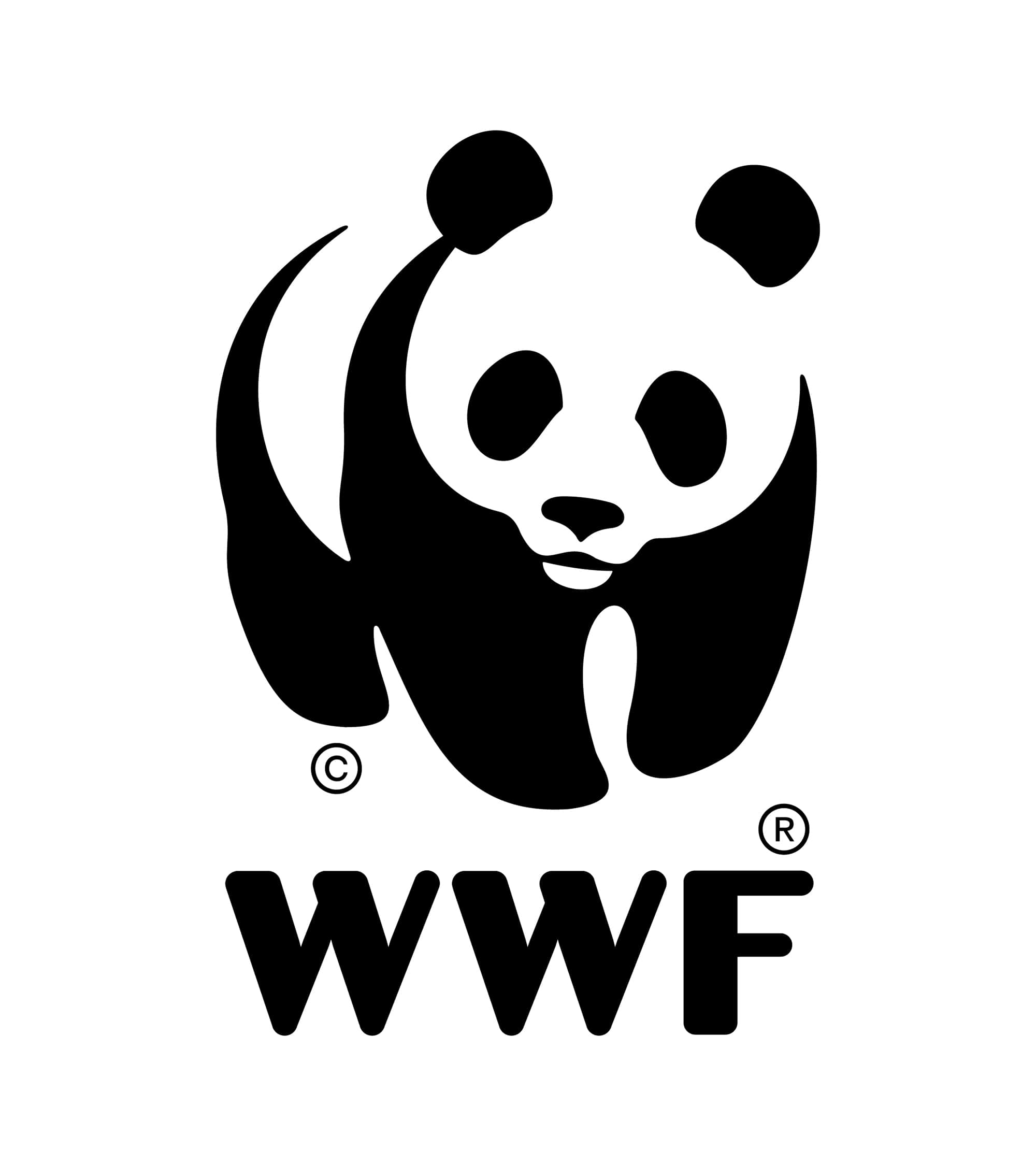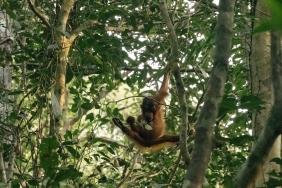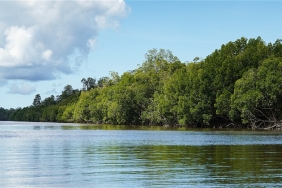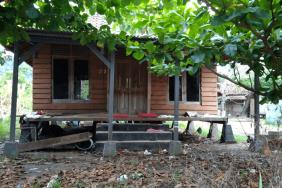WWF-INDONESIA FACILITATES BASIC TRAINING ON FOREST FIRE PREVENTION AND SUPPRESSION
Kapuas Hulu - Based on hotspot data (hotspot) from the Ministry of Forestry, West Kalimantan ranks first and second in the number of hotspots throughout Indonesia in a period of 5 years (2007 - 2011).
Forest Fire Coordinator WWF-Indonesia in Jakarta, Dedi Hariri said "West Kalimantan is one of the areas that is very prone to forest fires every year. During the period 2007 - 2011, between 1,000 to 10,000 hotspots were detected in the West Kalimantan region. This June, Indonesia is starting to enter the dry season, it is necessary to anticipate fires, because it is almost certain that forest/land fires will always occur in the dry season every year, "he explained.
Held for 3 days, the Training of Trainers (ToT) held last week in Semitau District, Kapuas Hulu Regency, focused on training 45 personnel of the Putussibau Operations Area (DAOPS) on forest fire prevention and suppression, especially within the conservation area, Danau Sentarum National Park (TNDS) .
One of the efforts that WWF can do to anticipate the occurrence of forest fires is through strengthening the capacity of Manggala Agni personnel, especially DAOPS Putussibau (based in Semitau), whose management is under the Danau Sentarum National Park (BTNDS).
The same thing was also conveyed by the West Kalimantan Program Manager, WWF-Indonesia, in Pontianak, M. Hermayani Putera "This activity is a real effort of WWF-Indonesia together with the parties to prevent deforestation and degradation in the Heart of Borneo (HoB) region caused by forest and land fires", he said. .
This training activity aims to make DAOPS personnel aware of the data and facts of forest fires in Indonesia and West Kalimantan, especially in the TNDS area, refresh the ability of DAOPS personnel in forest fire prevention and suppression, management of forest fire control organizations, mastery of GPS and GIS methods to determine the location of hotspots and measure the extent of forest fires that occur. From the GPS data obtained in the field, the personnel are expected to be able to create a Forest Fire Vulnerability Map, as an integrated forest and land fire prevention strategy in West Kalimantan.
As a continuation of this training, capacity building of MPA (Fire Care Community) members in the TNDS area will be conducted by DAOPS personnel. In the future, it is hoped that these personnel, who will continue to be capacitated, will be able to convey ideas to the local government to include forest fires and capacity building of firefighters in Kapuas Hulu District in development planning priorities in the context of forest fire disaster management at the district level. MPA members in the TNDS area will also be trained in forest fire management.
"Currently there are 3 MPAs assisted by DAOPS Putussibau, and 4 MPAs by WWF-Indonesia. These MPAs consist of people who live in conservation areas, especially from areas prone to forest fires," said Dedi.
Beyond the institutional and knowledge aspects, what is equally important is the participation of communities living around forest areas who are the spearhead of forest and land fire prevention. Because most forest and land fires in Indonesia are caused by humans, either due to negligence or intentional factors. Therefore, community support and cooperation are important for the success of forest and land protection programs. Continuous socialization and capacity building efforts need to be intensified in order to build public awareness about the importance of forest sustainability.
"For areas prone to forest and land fires, personnel need to be strengthened and patrols increased. MPA is one form of capacity building and cooperation with communities in and around forest areas that needs to be fostered continuously," Dedi concluded.
The problem of forest and land fires in West Kalimantan has now become a national and even global problem whose level of danger and risk can cause losses to the community on a large enough scale and cover a wide area. Therefore, the prevention of forest and land fires is the joint responsibility of all parties, both the government and the community.





